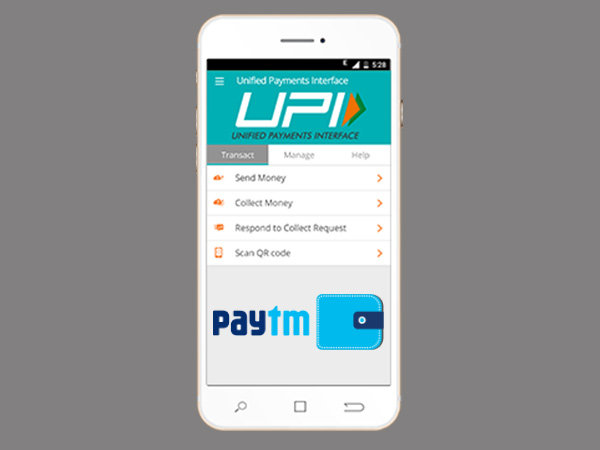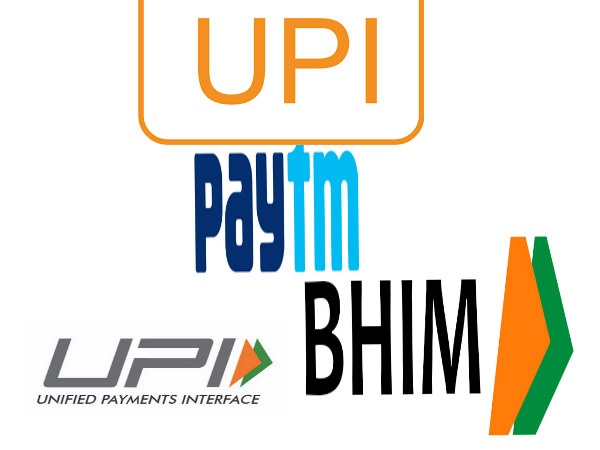UPI Single Block Multiple Debit Facility- All You Need to Know
According to the Reserve Bank of India, India's most popular digital retail payments system, UPI, will soon have a new functionality - single-block-and-multiple-debits, which will allow a customer to block funds in his/her account for specific purposes, which can then be debited whenever necessary. Currently, the UPI can handle recurring payment mandates as well as single-block and single-debit transactions.
This means that customers can currently only block one debit transaction in their accounts for their preferred method of payment. Customers can, however, use the new single block and multiple debits feature to block multiple transactions on their account for specific transactions, making automated payments easier and faster. Here's everything you need to know about the single-block-and-multiple-debits functionality of the unified payment interface, including its uses and benefits.

What Is UPI Single-Block-And-Multiple-Debits Facility?
The single-block-and-multiple-debits functionality will ensure that merchants receive timely payments, and buyers will be able to pay after delivery. Using this feature, a user can set aside money for a specific purpose, such as placing an order from an e-commerce platform like Amazon or Flipkart, which can then be deducted as needed.

Uses of this facility-
The UPI's single-block and multiple-debits functionality can be used for a variety of purposes, including the following:
1) Electronic commerce transactions
2) Hotel reservations
3) Purchasing securities on the secondary capital market
4) Buying government securities through the RBI's Retail Direct scheme.
UPI currently supports mandate processing for recurring transactions, as well as single-block and single-debit functionality. As a result, over 70 lakh autopay mandates are processed each month, and UPI's block feature is used to process more than half of all IPO applications.

Benefits of this facility-
The customer will be satisfied because the amount is not deducted and is simply blocked until the goods are delivered. The funds remain in the customer's account until the goods or services are delivered. Merchants, on the other hand, will be assured of prompt payment once the goods are delivered because the required amount has already been blocked.
This will increase trust in transactions because merchants will be assured of timely payments, while funds remain in the customer's account until actual delivery of goods or services.
The most recent feature associated with the single-block-and-multiple-debits facility will benefit both consumers and merchants by allowing consumers to make payment after the occurrence of certain events (such as the receipt of goods), while removing payment risk for merchants. The Reserve Bank of India (RBI) said in a statement that detailed instructions to the National Payments Corporation of India (NPCI) will be issued soon.

Uses in e-commerce transactions
Currently, there are two major payment options for e-commerce: prepaid (online payment) and postpaid (cash-on-delivery). Many customers are sceptical of the former and prefer payment after delivery. In the latter system, however, merchants face a payment risk. So, under the new system, a customer can give the merchant a mandate in which a certain amount is blocked to purchase goods and the money is debited once the goods are delivered.
































